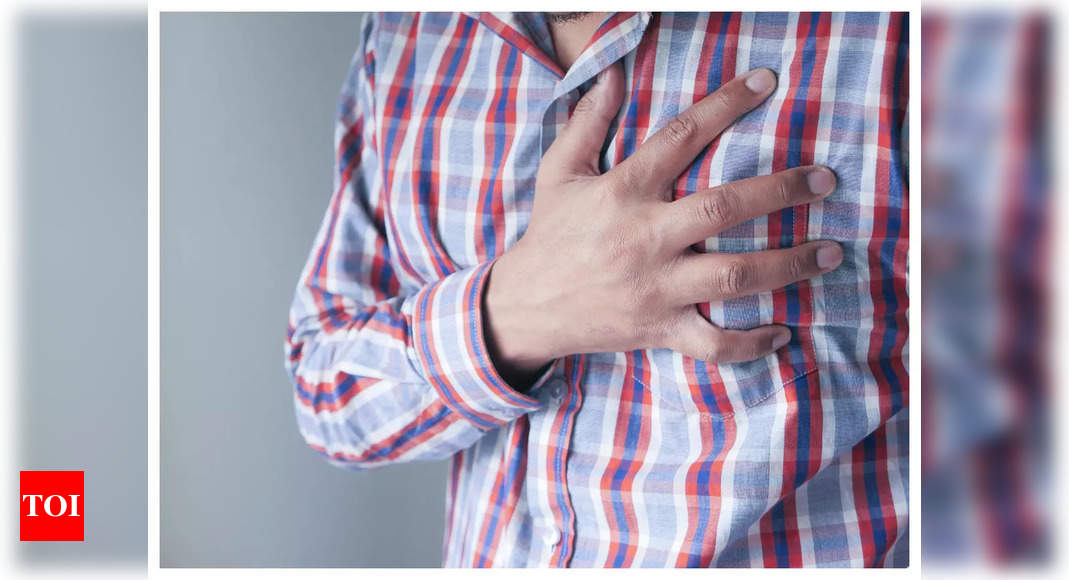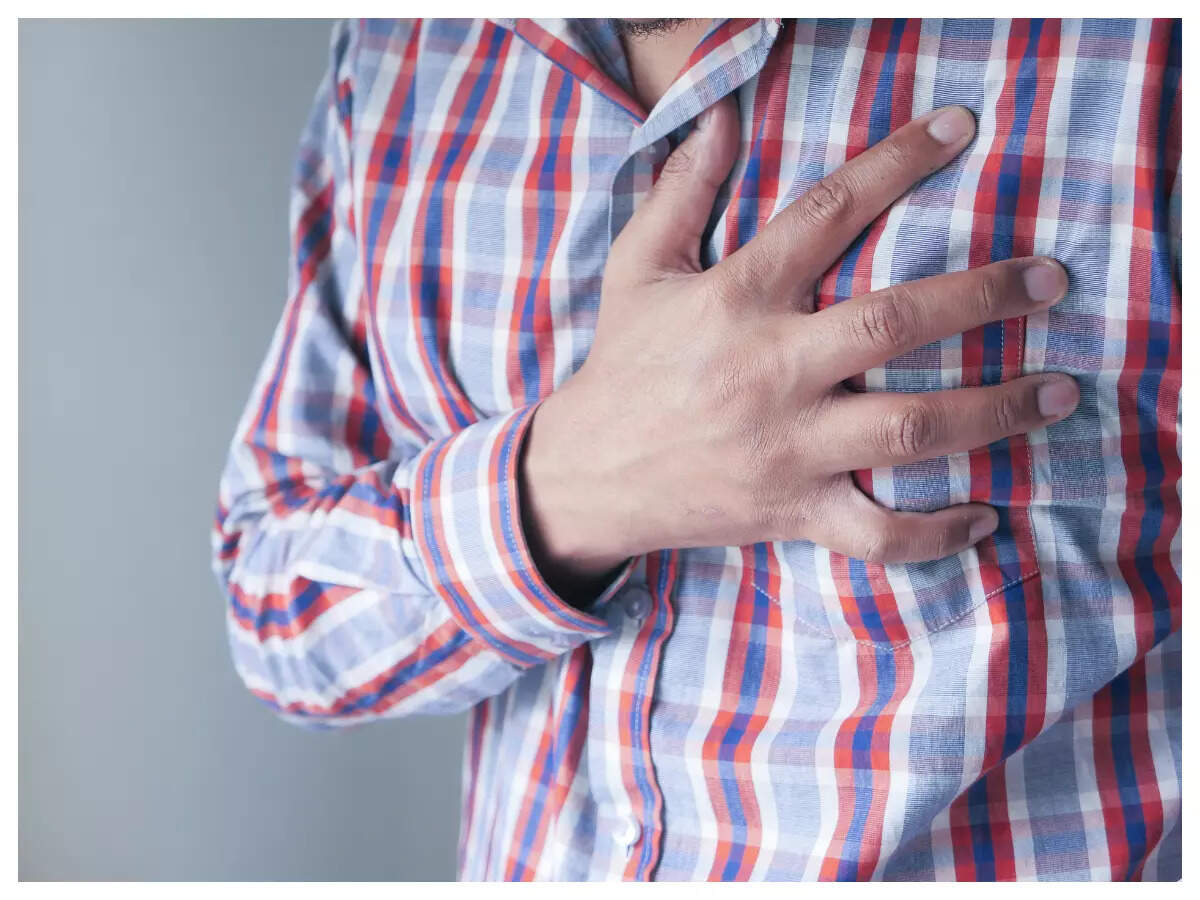Dr Viveka shares, “Acute chest pain is one of the most common reasons for seeking care in the emergency department (ED), accounting for approximately 10% of all visits. Although chest pain raises the possibility of an acute coronary syndrome (ACS), after diagnostic evaluation only 10% to 15% of patients with acute chest pain actually have ACS.” Dr Bikky adds, “Chest pain is typically seen in heart disease but it has typical features of sweating, uneasiness, palpitations and it radiates to the back, neck, arm and jaw. Any kind of chest pain until proven is a medical emergency. Chest pain should not be ignored though it is not always associated with heart attack, that’s why it is important to rule out whether it is cardiac or noncardiac so you can seek help from your doctor or rush to a nearby hospital.”
How to identify chest pain indicating heart attack
Tests like ECG, serial cardiac markers, 2d echocardiography, medical history and clinical and vitals parameters are some of ways doctors confirm heart issues.
“Heart attack related chest pain is more on the left side of chest radiating in nature and moderate to severe intensity and continuous. Other causes of chest pain can either be both sides or unilateral sides of the chest but clinical and laboratory judgment is always required to rule out these things,” explains Dr Bikky.
Sharp or knife-like pain brought on by respiratory movements or coughing, pin point and localized chest pain or discomfort in the middle or lower abdominal region, pain reproduced with movement, constant pain that persists for many hours, very brief episodes of pain that last a few seconds or less, pain that radiates into the lower extremities are some of the signs to watch out for.
Silent and painless heart attacks
Silent or painless heart attacks occur in 20 to 25% of the people. Dr Pravin Kahale, Consultant Cardiology, Kokilaben Dhirubhai Ambani Hospital Mumbai elaborates, “The most common people who suffer from this painless or silent heart attack, which means very minimal symptoms, no typical chest pain are diabetics and elderly. However, it is also common in many persons where they have mild symptoms of heart attack like dizziness, light-headedness, nausea and vomiting, the episode goes away as a mild acidity or minor dizziness. Actually, these patients have silent heart attacks. So various series show that silent or painless heart attacks can occur from 20% to even 25% of the people.”
Dizziness, blackouts and fainting breathlessness and acidity. These are the common mimicker, which, if not looked carefully, would miss the diagnosis of heart attack. The patient may not reach the hospital and many a times, even ECG can miss 20 to 25% of heart attack. Unless a blood troponin test is done, only then can one find out these missed heart attacks. Even ECG can sometimes fail to diagnose, adds Dr Pravin Kahale.
Common reasons for chest pain
Pain in the side of the chest may most commonly arise due to lung pathology, and musculoskeletal and neuropathic pain reasons. It can also be due to pneumothorax, pneumonia which is a serious condition. Some common reasons are Cardiac (heart attack/angina, valvular heart disease/pericarditis), vascular (Aortic dissection, pulmonary hypertension and pulmonary embolism), pulmonary (Pleuritis , pneumonia, pneumothorax and tracheobronchitis), gastrointestinal (Esophageal reflux, peptic ulcers, gallbladder disease, pancreatitis), musculoskeletal (Costochondritis, cervical spondylitis), infections like Herpes’s zoster or even psychological.

